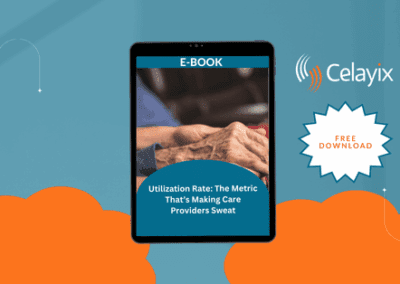What Is Quality Assurance?
Quality assurance (abbreviated as QA) is the maintenance of a desired level of quality in a product. Further, the better your quality assurance is, the more attention to detail you will pay throughout the development lifecycle of a software product or service.
Feedback in QA
At Celayix, we have complex applications for shift scheduling, location confirmation, and supervisors. These are important business tools that require exceptional performance. QA ensures our product is working optimally before update releases. After the release, we need to be able to receive feedback on the system’s stability and quality.
Feedback serves a number of purposes for quality assurance. First, positive feedback confirms that the product is well-designed and is working as planned. Negative feedback gives insight into areas of improvement and further optimization. While the feedback is negative, it always leads to a positive outcome in the end.
The QA Process
During the development process, developers will produce lines and lines of code for the product. The QA Analysts check developers’ code, checking for any bugs. They also perform multiple tests on the product to catch any defects. While the QA process slows down the development process, it is well worth the extra time. If a product gets released without checking for bugs, your customers will be the first to report them. It’s not great for business – bugs are frustrating for your customers and will leave them with a bad impression of your product. In the end, your development team will have to go back in and fix the bugs themselves.
With a QA process incorporated into the development process, you can develop a much more efficient, higher-quality end product. This will also cut down the level of support requests that come in. Overall, a solid QA process will ensure your team is creating the best product it can, satisfying all customers and stakeholders.



